Indoor Mint Growing: Imagine stepping into your kitchen and snipping fresh, fragrant mint leaves to brighten your tea, garnish your salad, or add a zing to your favorite cocktail. Sounds idyllic, right? Well, it’s more achievable than you think! For centuries, mint has been cherished not only for its refreshing flavor but also for its medicinal properties. From ancient Roman banquets where mint adorned tables to its use in traditional herbal remedies across various cultures, this herb boasts a rich history.
But let’s face it, not everyone has a sprawling garden to cultivate their own mint patch. That’s where the magic of indoor gardening comes in! I’m here to share some simple, yet effective DIY tricks and hacks that will empower you to successfully grow mint indoors, regardless of your experience level.
Why is this so important? Because store-bought mint can be expensive and often lacks the vibrant flavor of freshly grown herbs. Plus, growing your own indoor mint is incredibly rewarding, offering a touch of green therapy and a sustainable way to enhance your culinary creations. Say goodbye to wilted, overpriced mint and hello to a thriving, fragrant herb garden right on your windowsill!
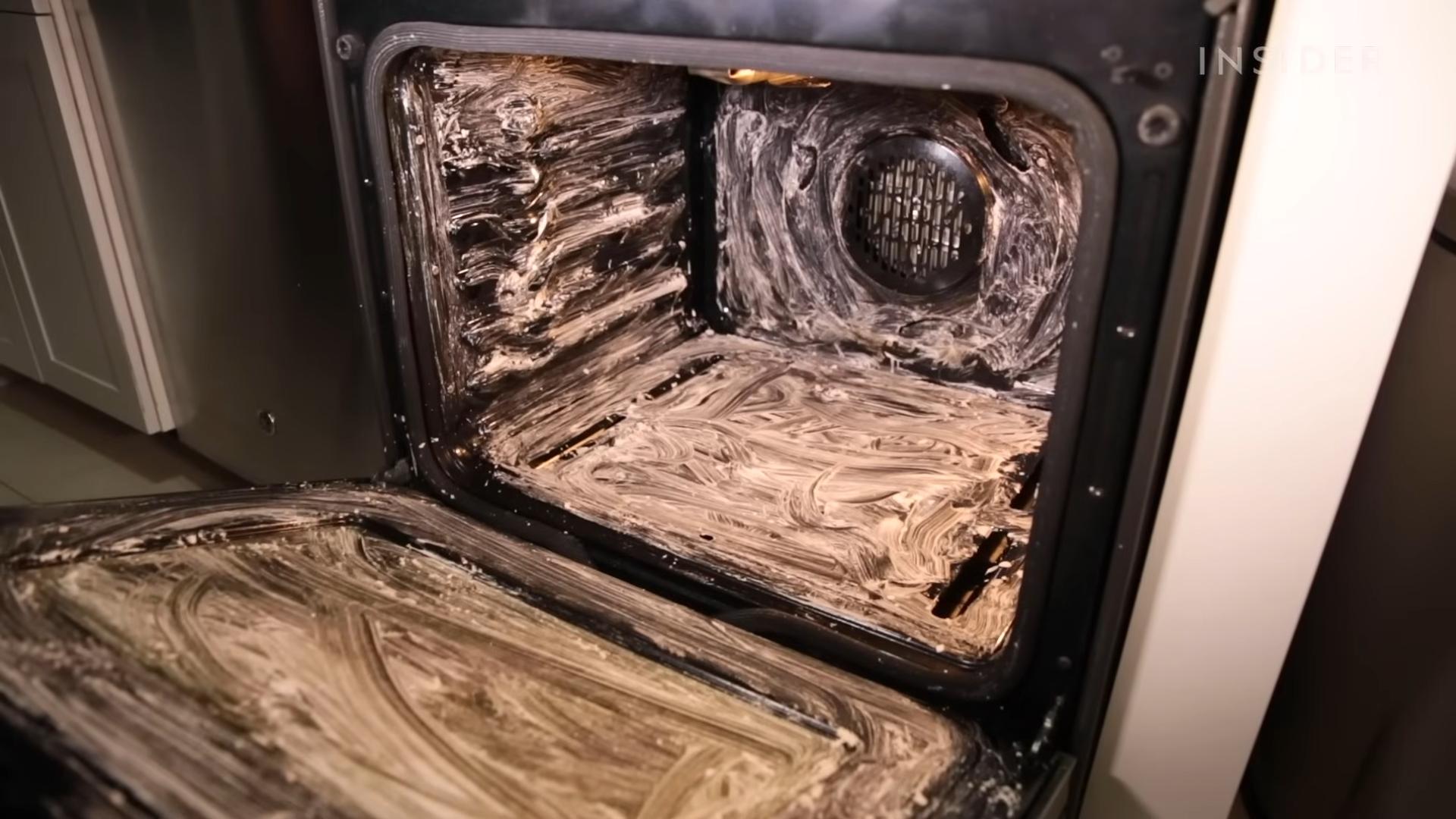
Growing Mint Indoors: A Beginner’s Guide to Fresh Flavor Year-Round
Hey there, fellow herb enthusiasts! Are you craving the fresh, vibrant taste of mint but don’t have a garden or the right climate? Don’t worry, I’ve got you covered! Growing mint indoors is surprisingly easy, and it’s a fantastic way to have a constant supply of this versatile herb right at your fingertips. I’m going to walk you through everything you need to know, from choosing the right pot to harvesting your bountiful mint leaves. Let’s get started!
What You’ll Need: The Essential Supplies
Before we dive into the planting process, let’s gather all the necessary materials. Having everything ready beforehand will make the whole experience smoother and more enjoyable.
* **Mint Cuttings or a Starter Plant:** You can either propagate mint from cuttings (taken from a healthy, established plant) or purchase a small mint plant from a local nursery or garden center. I personally prefer starting with a plant because it gives you a head start, but I’ll also explain how to propagate from cuttings later on.
* **A Pot with Drainage Holes:** This is crucial! Mint needs well-draining soil to thrive. Choose a pot that’s at least 6 inches in diameter and has drainage holes at the bottom. Terra cotta pots are a great option because they allow the soil to breathe.
* **Well-Draining Potting Mix:** Don’t use garden soil! It’s too heavy and compacts easily, which can lead to root rot. Opt for a high-quality potting mix specifically formulated for containers. I like to use a mix that contains peat moss, perlite, and vermiculite.
* **Watering Can or Spray Bottle:** You’ll need a way to water your mint plant regularly. A watering can with a long spout is ideal for reaching the soil without splashing the leaves. A spray bottle is useful for misting the plant to increase humidity.
* **A Sunny Location:** Mint needs plenty of sunlight to grow well. Choose a spot that receives at least 4-6 hours of direct sunlight per day. A south-facing window is usually the best option. If you don’t have enough natural light, you can supplement with a grow light.
* **Optional: Fertilizer:** While not strictly necessary, fertilizing your mint plant can help it grow faster and produce more leaves. Use a balanced liquid fertilizer diluted to half strength.
Planting Your Mint: Step-by-Step Instructions
Now that we have all our supplies, let’s get our hands dirty and plant some mint!
1. **Prepare the Pot:** Fill the pot with potting mix, leaving about an inch of space at the top. Gently pat down the soil to remove any air pockets.
2. **Plant the Mint:** If you’re using a starter plant, carefully remove it from its container and loosen the roots slightly. Place the plant in the center of the pot and add more potting mix around it, making sure the top of the root ball is level with the soil surface. If you’re using cuttings, skip to the propagation section below.
3. **Water Thoroughly:** Water the soil until it’s evenly moist but not soggy. Allow any excess water to drain out of the drainage holes.
4. **Place in a Sunny Location:** Put the pot in a sunny location where it will receive at least 4-6 hours of direct sunlight per day.
5. **Monitor and Water Regularly:** Check the soil moisture regularly and water when the top inch of soil feels dry to the touch. Avoid overwatering, as this can lead to root rot.
Propagating Mint from Cuttings: A Budget-Friendly Option
If you already have access to a healthy mint plant, propagating from cuttings is a great way to expand your mint collection without spending any money. Here’s how to do it:
1. **Select Healthy Stems:** Choose stems that are about 4-6 inches long and have several leaves. Avoid stems that are flowering or have any signs of disease.
2. **Prepare the Cuttings:** Remove the leaves from the bottom inch of the stem. This will expose the nodes where roots will grow.
3. **Rooting in Water:** Place the cuttings in a glass or jar filled with water, making sure the bottom inch of the stem is submerged. Change the water every 1-2 days to prevent bacteria from growing.
4. **Wait for Roots to Develop:** After a week or two, you should start to see roots growing from the nodes. Once the roots are about an inch long, the cuttings are ready to be planted in soil.
5. **Plant the Rooted Cuttings:** Follow the planting instructions above to plant the rooted cuttings in a pot with well-draining potting mix.
Caring for Your Indoor Mint Plant: Keeping it Happy and Healthy
Once your mint plant is established, it’s important to provide it with the right care to keep it thriving.
* **Watering:** Water your mint plant regularly, allowing the top inch of soil to dry out between waterings. Avoid overwatering, as this can lead to root rot. I usually check the soil every other day.
* **Sunlight:** Mint needs plenty of sunlight to grow well. If you don’t have enough natural light, supplement with a grow light.
* **Fertilizing:** Fertilize your mint plant every 2-4 weeks with a balanced liquid fertilizer diluted to half strength. This will help it grow faster and produce more leaves.
* **Pruning:** Prune your mint plant regularly to encourage bushier growth and prevent it from becoming leggy. Simply pinch off the tips of the stems.
* **Pest Control:** Keep an eye out for pests such as aphids, spider mites, and whiteflies. If you notice any pests, treat them with insecticidal soap or neem oil. I’ve found that a strong blast of water from the sink can also dislodge many pests.
* **Repotting:** As your mint plant grows, it may eventually outgrow its pot. Repot it into a larger pot every year or two.
Harvesting Your Mint: Enjoying the Fruits (or Leaves!) of Your Labor
One of the best things about growing mint indoors is being able to harvest fresh leaves whenever you need them.
* **When to Harvest:** You can start harvesting mint leaves as soon as the plant is established and has several leaves.
* **How to Harvest:** Simply pinch off the leaves or cut the stems with scissors. Avoid removing more than one-third of the plant at a time.
* **Using Your Harvested Mint:** Use your harvested mint leaves fresh in teas, cocktails, salads, and other dishes. You can also dry the leaves for later use. To dry mint, simply hang the stems upside down in a cool, dry place until the leaves are brittle.
Troubleshooting: Common Problems and Solutions
Even with the best care, you may encounter some problems when growing mint indoors. Here are some common issues and how to fix them:
* **Yellowing Leaves:** This can be caused by overwatering, underwatering, or nutrient deficiencies. Check the soil moisture and adjust your watering schedule accordingly. Fertilize the plant if necessary.
* **Leggy Growth:** This is usually caused by insufficient sunlight. Move the plant to a sunnier location or supplement with a grow light. Prune the plant to encourage bushier growth.
* **Root Rot:** This is caused by overwatering and poor drainage. Make sure the pot has drainage holes and that the soil is well-draining. Allow the soil to dry out between waterings.
* **Pests:** As mentioned earlier, keep an eye out for pests and treat them with insecticidal soap or neem oil.
Choosing the Right Mint Variety: A World of Flavor
Did you know there are many different varieties of mint? Experimenting with different types can add a whole new dimension to your indoor herb garden. Here are a few popular choices:
* **Peppermint:** This is the classic mint flavor, perfect for teas, desserts, and cocktails.
* **Spearmint:** A milder, sweeter mint that’s great for salads, sauces, and chewing gum.
* **Chocolate Mint:** This variety has a hint of chocolate flavor, making it a delicious addition to desserts and drinks.
* **Apple Mint:** A fruity mint with a subtle apple aroma, ideal for teas and salads.
* **Orange Mint:** This mint has a citrusy flavor that pairs well with fruit and desserts.
Tips and Tricks for Success: Making Your Mint Thrive
Here are a few extra tips to help you grow the best indoor mint possible:
* **Rotate the Pot Regularly:** This will ensure that all sides of the plant receive equal sunlight.
* **Mist the Plant Regularly:** Mint loves humidity, so misting the leaves with water can help keep it happy.
* **Don’t Let it Flower:** Once mint starts to flower, it can become bitter. Pinch off any flower buds as soon as you see them.
* **Consider Bottom Watering:** Place your pot in a saucer filled with water and allow the plant to absorb the water from the bottom. This can help prevent overwatering and encourage deeper root growth.
*
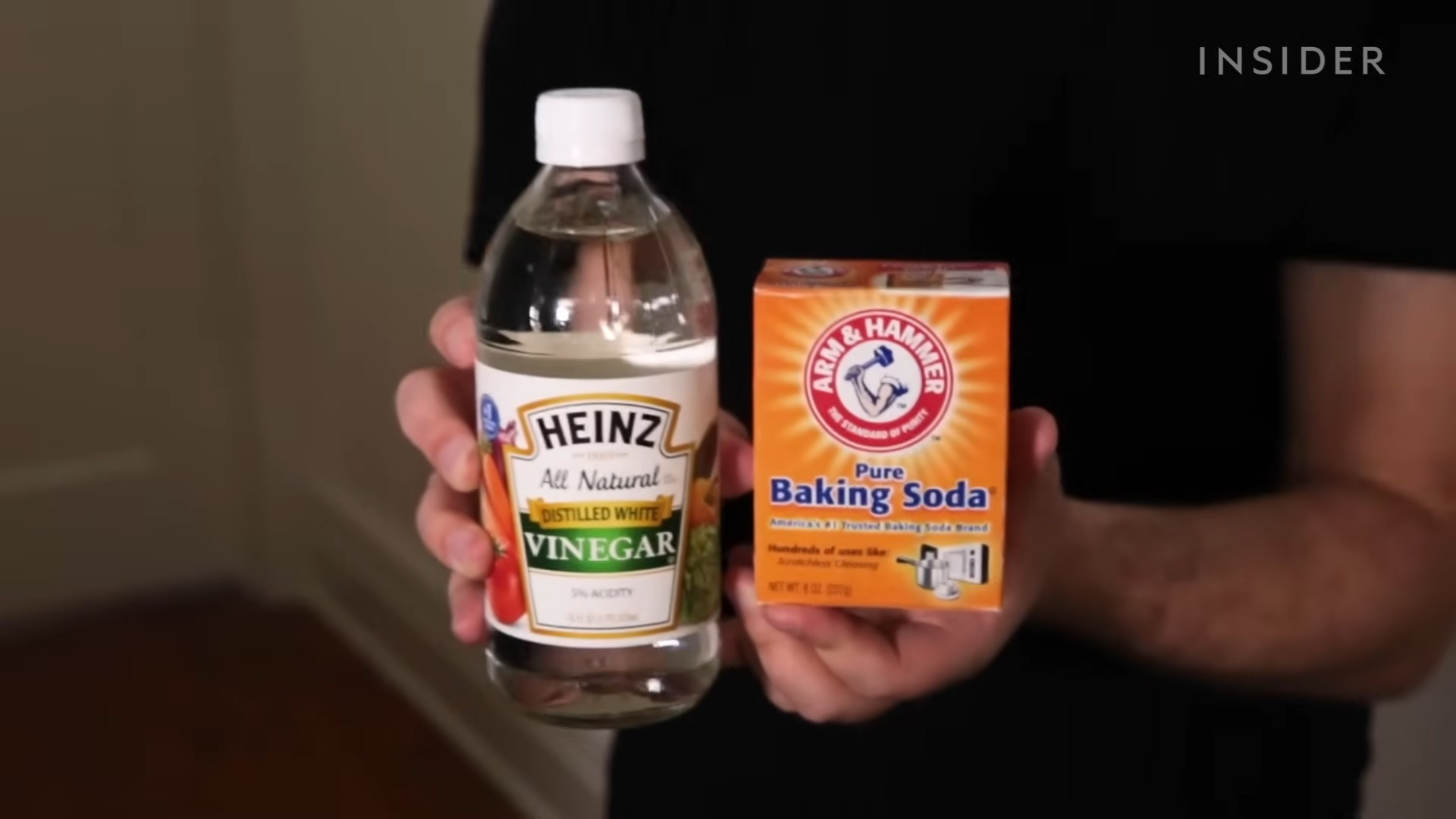
Conclusion
So, there you have it! Mastering the art of indoor mint growing is not only achievable but also incredibly rewarding. We’ve walked through the simple steps, from selecting the right pot and soil to providing the perfect light and watering schedule. But why is this DIY trick a must-try?
Firstly, imagine the sheer convenience of having fresh, fragrant mint readily available at your fingertips. No more last-minute trips to the grocery store or settling for wilted, lackluster herbs. With your own indoor mint garden, you’ll always have a vibrant supply for mojitos, teas, salads, and countless other culinary creations.
Secondly, growing your own mint indoors is a fantastic way to connect with nature, even in the heart of the city. The simple act of nurturing a plant, watching it grow, and harvesting its leaves can be incredibly therapeutic and grounding. It’s a small but significant way to bring a touch of the outdoors inside.
Thirdly, consider the cost savings. Over time, purchasing fresh mint from the store can add up. By growing your own, you’ll be saving money while enjoying a superior product. Plus, you can propagate your mint to create even more plants, further expanding your herbal empire!
But the benefits don’t stop there. Growing mint indoors allows you to control the growing environment, ensuring that your herbs are free from pesticides and other harmful chemicals. You’ll be enjoying pure, natural goodness.
Now, let’s talk about variations. While we’ve focused on peppermint, spearmint, and chocolate mint are also excellent choices for indoor growing. Experiment with different varieties to discover your favorites. You can also try growing your mint in different types of containers, such as hanging baskets or repurposed jars, to add a touch of personality to your indoor garden. Consider adding companion plants like basil or parsley to create a mini herb garden.
Another variation is to experiment with different light sources. While a sunny windowsill is ideal, you can also use grow lights to supplement natural light, especially during the winter months. This will ensure that your mint plants receive the light they need to thrive, regardless of the season.
Finally, don’t be afraid to get creative with your mint. Use it to make homemade teas, infused oils, or even natural cleaning products. The possibilities are endless!
We wholeheartedly encourage you to try this DIY trick and experience the joy of growing your own mint indoors. It’s a simple, rewarding, and sustainable way to enhance your culinary creations and connect with nature.
Once you’ve embarked on your indoor mint growing journey, we’d love to hear about your experience. Share your tips, tricks, and photos with us in the comments below. Let’s create a community of indoor mint enthusiasts! What challenges did you face? What successes did you celebrate? Your feedback will help others learn and grow, too. So, go ahead, get your hands dirty, and start growing your own fresh, fragrant mint today! You won’t regret it.
Frequently Asked Questions (FAQ)
What is the best type of mint to grow indoors?
The best types of mint to grow indoors are generally those that are compact and well-suited to container gardening. Peppermint and spearmint are popular choices due to their readily available seeds or cuttings and their relatively easy care requirements. Chocolate mint is another excellent option, offering a unique flavor and aroma. Ultimately, the best type of mint for you will depend on your personal preferences and the specific uses you have in mind. Experiment with different varieties to discover your favorites! Remember to research the specific needs of each variety to ensure optimal growth.
How much sunlight does indoor mint need?
Mint thrives in bright, indirect sunlight. Ideally, your indoor mint plant should receive at least 6-8 hours of sunlight per day. A south-facing window is often the best location, but east- or west-facing windows can also work well. If you don’t have access to sufficient natural light, you can supplement with grow lights. Position the grow lights about 6-12 inches above the plants and keep them on for 12-16 hours per day. Insufficient light can lead to leggy growth and reduced flavor.
What kind of soil is best for growing mint indoors?
The best soil for growing mint indoors is a well-draining potting mix that is rich in organic matter. Avoid using garden soil, as it can be too heavy and may contain pests or diseases. A good potting mix will provide adequate drainage while retaining enough moisture to keep the roots hydrated. You can also amend your potting mix with compost or other organic materials to improve its fertility. Ensure the pot you choose has drainage holes to prevent waterlogging, which can lead to root rot.
How often should I water my indoor mint plant?
Water your indoor mint plant regularly, keeping the soil consistently moist but not waterlogged. The frequency of watering will depend on factors such as the size of the pot, the type of soil, and the temperature and humidity of your home. A good rule of thumb is to water when the top inch of soil feels dry to the touch. Avoid overwatering, as this can lead to root rot. During the winter months, when growth slows down, you may need to water less frequently.
How do I propagate mint from cuttings?
Propagating mint from cuttings is a simple and effective way to create new plants. To take a cutting, select a healthy stem that is about 4-6 inches long. Remove the leaves from the bottom inch of the stem. Place the cutting in a glass of water, making sure that the bottom nodes are submerged. Change the water every few days. Within a week or two, roots should begin to form. Once the roots are about an inch long, you can transplant the cutting into a pot filled with well-draining potting mix. Keep the soil moist and provide bright, indirect sunlight.
How do I prevent pests and diseases from affecting my indoor mint?
To prevent pests and diseases from affecting your indoor mint, start by using a clean pot and fresh potting mix. Inspect your plants regularly for signs of pests or diseases. Common pests that can affect mint include aphids, spider mites, and whiteflies. If you notice any pests, you can try washing them off with a strong stream of water or using an insecticidal soap. To prevent fungal diseases, avoid overwatering and ensure good air circulation around your plants. If you notice any signs of disease, remove the affected leaves or stems immediately.
Can I grow different varieties of mint in the same pot?
While it’s technically possible to grow different varieties of mint in the same pot, it’s generally not recommended. Mint is a vigorous grower and can quickly become invasive. Different varieties of mint can compete with each other for resources, and one variety may eventually dominate the others. If you do choose to grow multiple varieties in the same pot, be sure to provide plenty of space and monitor the plants closely. It’s often best to grow each variety in its own separate pot to prevent competition and maintain the unique characteristics of each plant.
How do I harvest mint leaves?
Harvest mint leaves by snipping them off with scissors or pinching them off with your fingers. It’s best to harvest mint in the morning, after the dew has dried but before the sun gets too hot. This will help to preserve the flavor and aroma of the leaves. You can harvest mint leaves as needed throughout the growing season. To encourage bushier growth, prune the stems back to just above a leaf node. Regular harvesting will also help to prevent the plant from flowering, which can reduce the flavor of the leaves.
My mint plant is getting leggy. What should I do?
Leggy growth in mint plants is often caused by insufficient light. If your mint plant is getting leggy, try moving it to a brighter location or supplementing with grow lights. You can also prune the stems back to encourage bushier growth. Pinch off the tips of the stems to promote branching. Regular pruning will also help to keep the plant compact and prevent it from becoming too tall and spindly. Ensure you are providing adequate nutrients through regular fertilization.
How do I fertilize my indoor mint plant?
Fertilize your indoor mint plant every 2-4 weeks during the growing season (spring and summer) with a balanced liquid fertilizer diluted to half strength. Avoid over-fertilizing, as this can lead to leggy growth and reduced flavor. During the winter months, when growth slows down, you can reduce the frequency of fertilization or stop fertilizing altogether. Look for a fertilizer specifically formulated for herbs or vegetables. Organic fertilizers are also a good option.

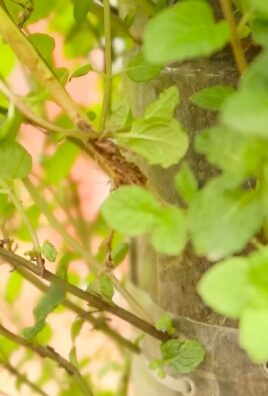
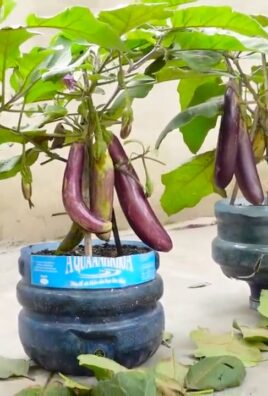
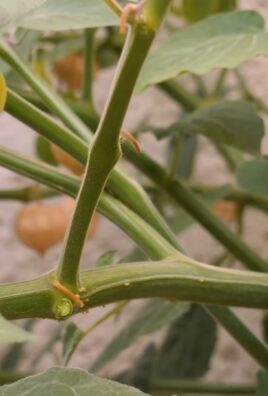
Leave a Comment